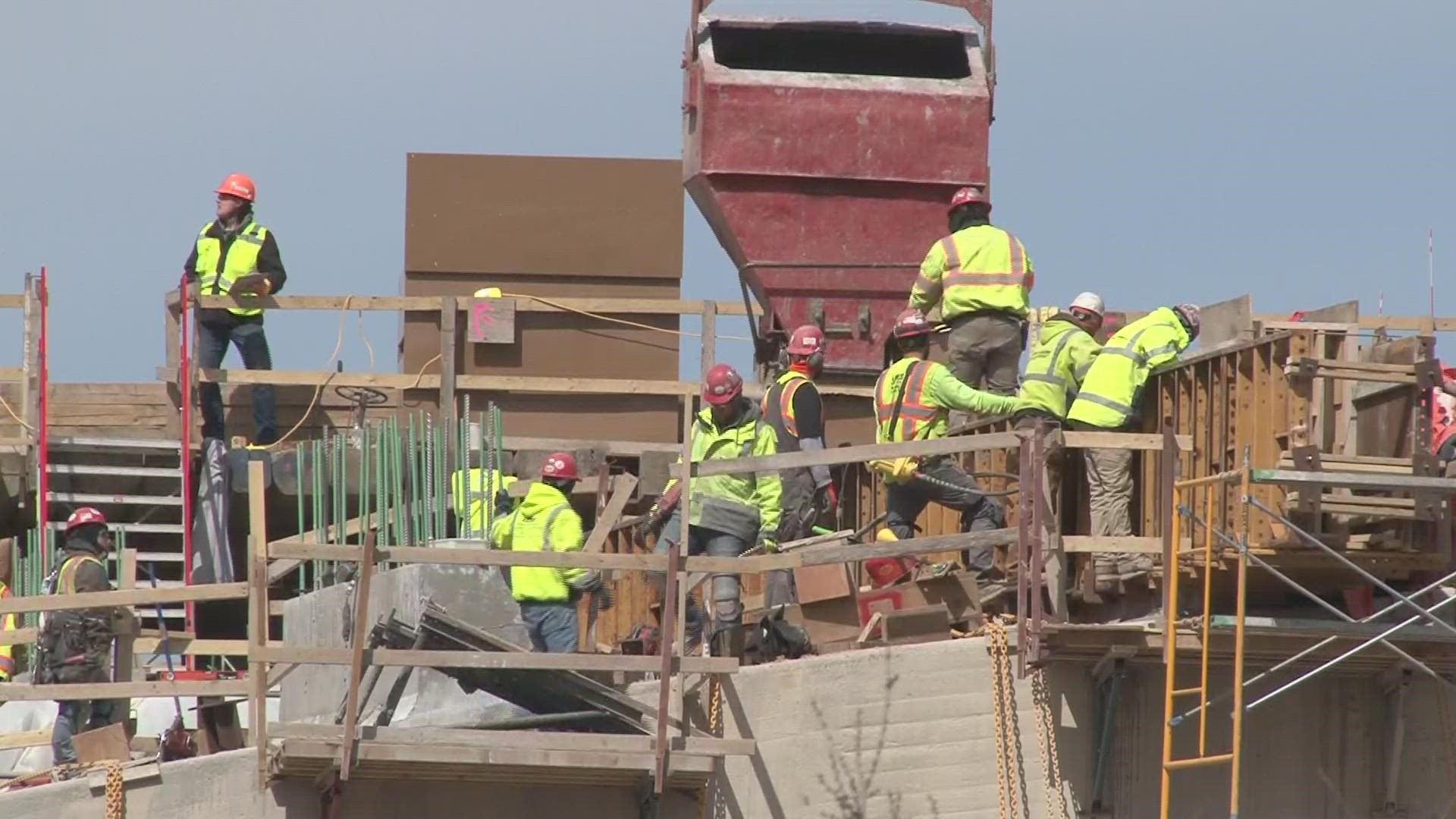ST PAUL, Minn. — Water customers in Saint Paul who still have lead water service lines have an opportunity to get them replaced free of charge in the coming years.
Mayor Melvin Carter announced this week an influx of federal dollars from the American Rescue Plan will make it possible for the St. Paul Regional Water Service to replace lead service lines faster than originally anticipated.
"This is a major step toward cleaner water, more jobs and peace of mind for families," Mayor Carter said during a Zoom press conference that featured other city leaders, US Rep. Betty McCollum and US Senators Tina Smith and Amy Klobuchar, as well as Bruno Pigott from the Environmental Protection Agency.
"Every single neighborhood in the city has lead pipes. But 60% of those pipes are in areas of concentrated poverty," City Council Member Chris Tolbert told reporters. "And the thing about lead poisoning is it’s not reversible. It’s something that happens, and you can’t change that."
Service lines carry water from the water main under the street to homes or businesses. In Minneapolis, the resident owns the entire service line. In St. Paul, by contrast, the utility owns the part of the service line that runs to the property line, while the resident owns the section that runs from the property line into the home.
The Saint Paul Regional Water Service, or SPRWS, has 95,000 service lines. Of those, 26,000 are still lead pipes. Residents can go online to see if they have lead service lines.
They can also request a lead test kit that can then be returned to the utility to see what their lead levels are.
For the past 25 years, the SPRWS has been gradually replacing the public part of the service lines when it coincides with other construction projects but has never been able to replace the privately-owned parts of the service lines with money from user fees.
Money from the American Rescue Plan and the federal Infrastructure and Jobs Act of 2021 will help the utility pay for safety improvements that otherwise wouldn’t be affordable.
"We’re totally funded by water rates. With people struggling to pay their utility bills as it is, looking at adding another 20 to 30 percent to the water bill to pay for this issue would certainly be a challenge," Patrick Shea of the SPRWS told KARE 11.
In 2021, the city received grant money from the Minnesota Department of Health to offer $2,500 to private property owners to help them pay for the cost of replacing the lead pipe service lines. Shea said the total cost of replacing the private part of the service line is at least $6,000, which may explain why only 23% of affected customers took advantage of the grant program.
The free replacement program will be more appealing, but it won’t be a first-come, first-serve situation. Residents will be notified of their opportunity as crews reach their neighborhood.
"We will systematically go through our service area over the next ten years, so people will be notified when we’re in your area. Please don’t throw the correspondence from the city in the trash," Shea remarked.
"I think it’s a real opportunity. I think if people don’t avail themselves of it, it’s going to be much costlier in the future when have to circle back and address those properties at that time."
In the meantime, Shea recommends that customers follow the standard advice for flushing water that’s been sitting in a lead pipeline.
"Before you take a drink, let the water run for a little bit until it runs cold," Shea explained. "Don’t use water from the hot water tap for cooking. It’s good for showering or washing dishes, but not for consumption."
The utility has 446,000 customers spread across St. Paul and 13 other surrounding cities.

